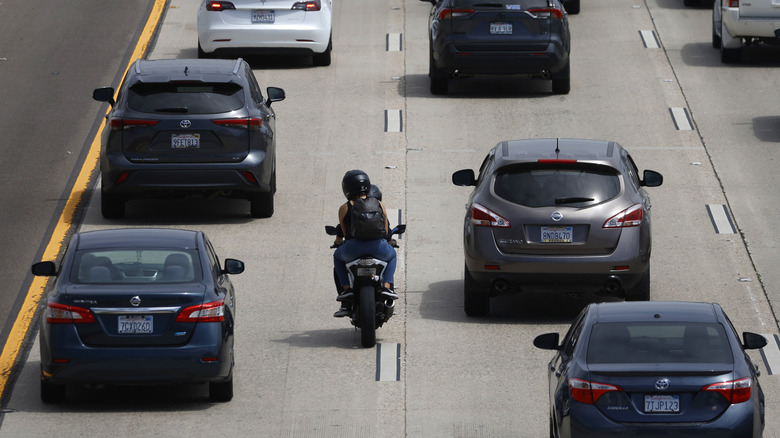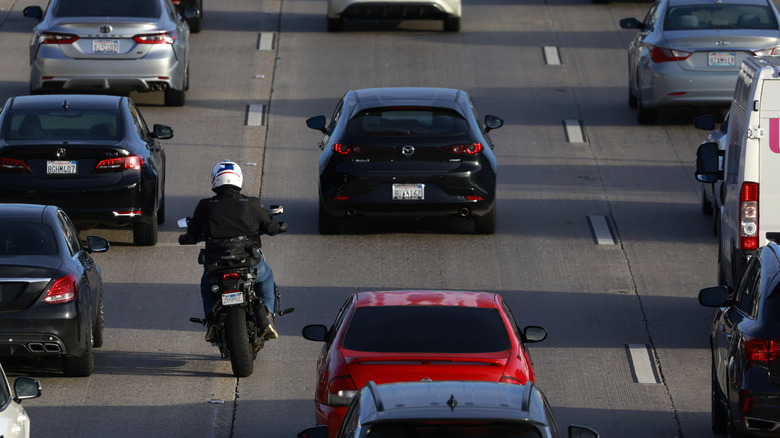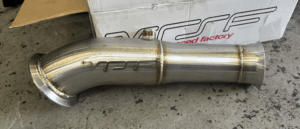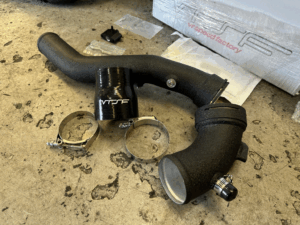Right now, someone in some level of your state or local government is forming an opinion on motorcycle lane splitting. They’re looking at the spate of laws being enacted state by state, legalizing the practice in one form or another, but they’re also likely looking at YouTube videos of morons screaming between highway lanes at a thousand miles an hour. Your lawmakers will consider both of those as equal facts when weighing lane-splitting legislation, and it’s up to you as their constituent to teach them: Those two acts are not nearly the same thing.
Legally, definitions blur. California explicitly allows “lane splitting” in that exact phrasing, with a shocking lack of limits on speed — though Max Wrist shenanigans are likely still covered under other speeding or reckless-driving laws. But most other states that approve of the practice, like Colorado, instead allow “lane filtering” in their legal language. What’s the difference, which should you be doing, and how can you best inform your elected officials?
Splitting is speedy
Lane splitting is what we all probably think of: Riding on the lines between lanes of traffic. When someone’s winding their way up a crowded Los Angeles freeway, they’re generally lane splitting — but not always. When the cars are stopped (or nearly stopped, with some states allowing speeds up to 15 mph), and the bikes are moving, that’s lane filtering. It most often means a motorcyclist filtering their way up through stopped cars at a red light, but it’s just as applicable in a true dead-stop traffic jam.
Lane splitting cuts down on traffic by compressing a car’s worth of person into a tiny little bit of roadway, and it keeps hot-running motorcycles (and armored-up motorcyclists) cool with moving air. Lane filtering saves motorcyclists from the risk of rear-end collisions, while also allowing the lighter, faster-accelerating bikes to get out of the way of the lumbering cars.
Both make your commute shorter, regardless of whether you’re on a vehicle or in one, and both force drivers to really see and acknowledge motorcyclists — something that makes us all safer out on the roads. So, next time a bill is up for debate in your state around lane splitting, reach out to your representatives and make sure they know how it all works. It’s an easy way to make the roads a little bit better.






